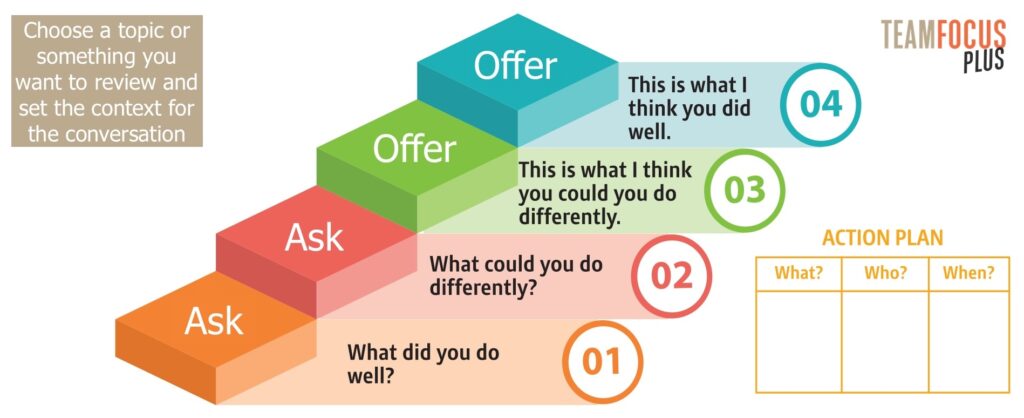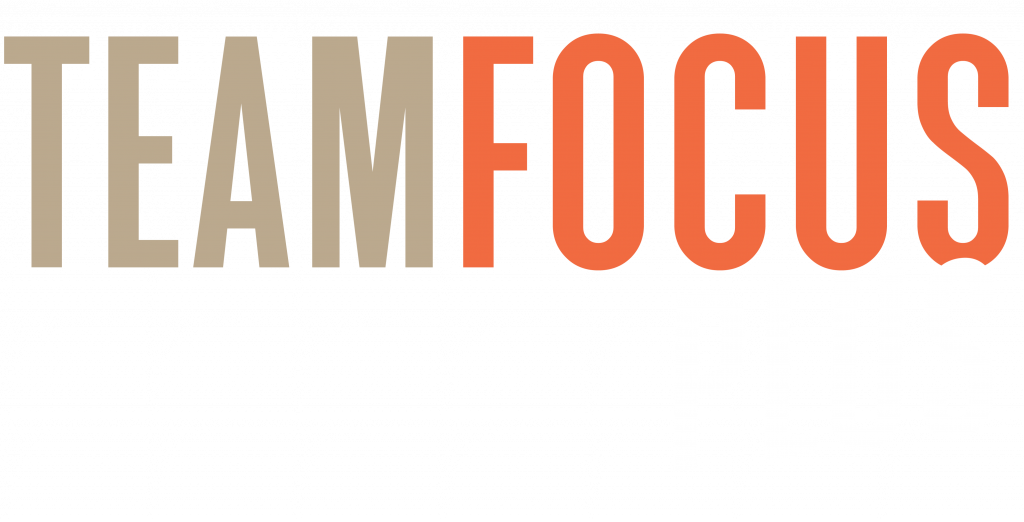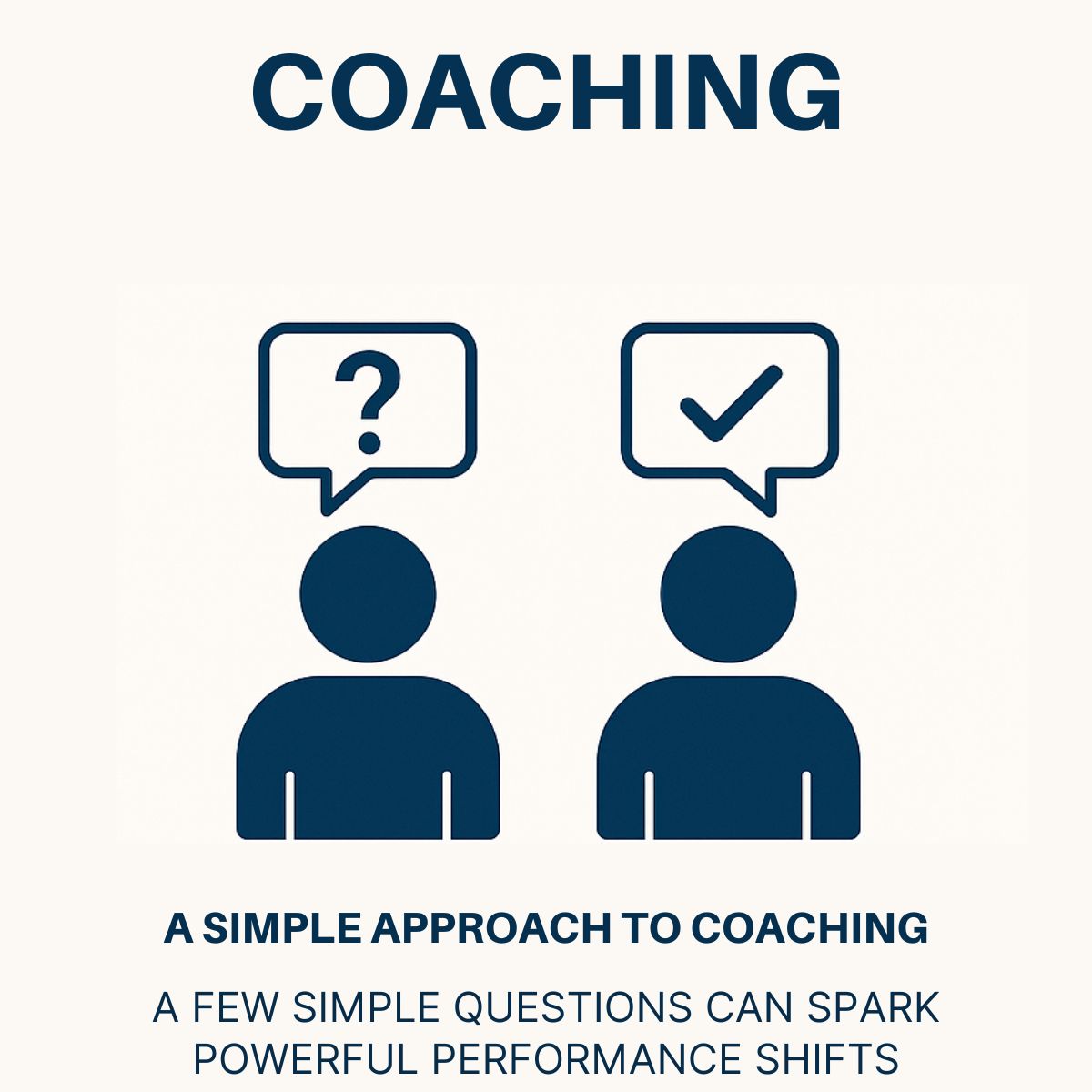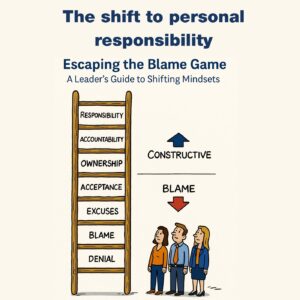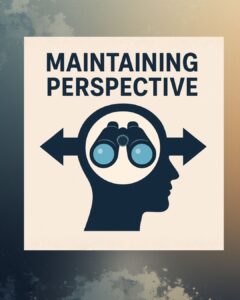Why Coaching Matters More Than Ever
If you’re in a leadership role, coaching in the workplace isn’t a “nice to have”—it’s a must. In fact, it might be the most effective leadership skill you can develop to improve culture, increase performance, and build real trust.
Let’s simplify it:
Someone underperforming? Coach them.
Taking on too much yourself? Coach your team to step up.
Struggling to build ownership or motivation? Use coaching for connection and reflection.
The potential is enormous—but here’s the catch: most people misunderstand what coaching actually is.
Coaching Is Not Correction
Many leaders confuse coaching with corrective feedback or instruction. But effective leadership coaching isn’t about telling people what to do—it’s about helping them see it for themselves.
True coaching is a two-way, reflective conversation that encourages growth, insight, and accountability. It taps into your team’s existing knowledge and strengths. You’re not fixing people—you’re helping them find their own path forward.
A Simple Coaching Model That Works
You don’t need a complex framework to coach well. One of the most simple coaching models you can use involves just a few powerful questions:
What did you do well?
What would you do differently next time?
(Optional:) “Here’s what I think you could do differently…”
This creates a constructive, forward-looking conversation. It avoids blame and focuses on growth. Perfect for everyday leadership situations—from missed deadlines to tough team dynamics.
A Quick Coaching Process You Can Start Today
Use this approach as a simple performance coaching tip:
Pick a topic (e.g. a project issue, a missed deadline, or a challenging interaction).
Ask: “What did you do well?”
Ask: “What would you do differently next time?”
(Avoid “better”—it can feel like criticism.)Share your thoughts: “Here’s what I think you did well” and “Here’s what I think you could shift.”
Capture next steps. Check in later. Watch growth unfold.
This kind of coaching builds workplace ownership, reflection, and continuous improvement—without micromanagement.
Keep Coaching Simple—and Consistent
The secret to great leadership coaching in Australia? Don’t overthink it. Don’t wait for performance reviews or problems to arise. Just start small.
Coaching isn’t about the occasional breakthrough—it’s about ongoing leadership practice. With regular use, your team will:
Take more initiative
Reflect more deeply
Own their performance
And the best part? They’ll respect you more for it.
Final Thought
If you want to build a high-performing, empowered team—coaching in the workplace is your edge.
Whether you’re leading in a corporate office or a remote Aussie team, small coaching conversations can create big impact.
Want to Develop Your Coaching Skills?
We offer tailored coaching programs that support:
Aussie team coaching
Practical performance coaching tips
Real-world strategies for leadership coaching Australia wide
📞 Call us on 1300 551 274
📧 Email team@teamfocusplus.com
Let’s help you become the kind of leader your team grows from.
Want to know more about our Coaching Program – Contact us for a no-pressure chat
